Tag: Lab Equipment
-
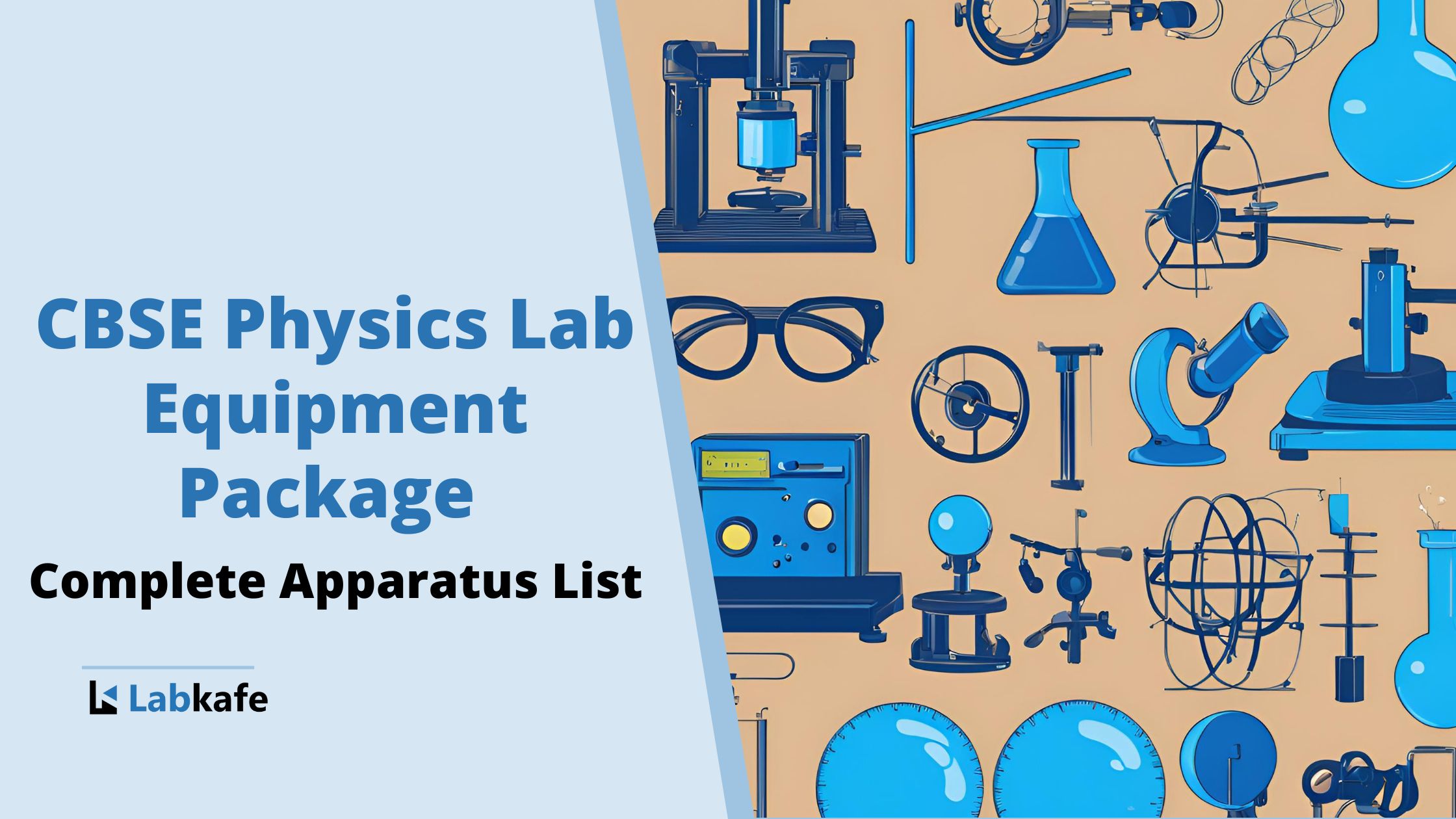
CBSE Physics Lab Equipment Package – Complete Apparatus List
Benefits of the CBSE Physics Lab Equipment Package The CBSE Physics Lab Equipment Package by Labkafe is tailored to CBSE school physics labs for classes 11 and 12, that seek a one stop solution to all equipment needs, while ensuring a hassle free, hands-on approach. The entire equipment inventory is designed and manufactured with highest…
-
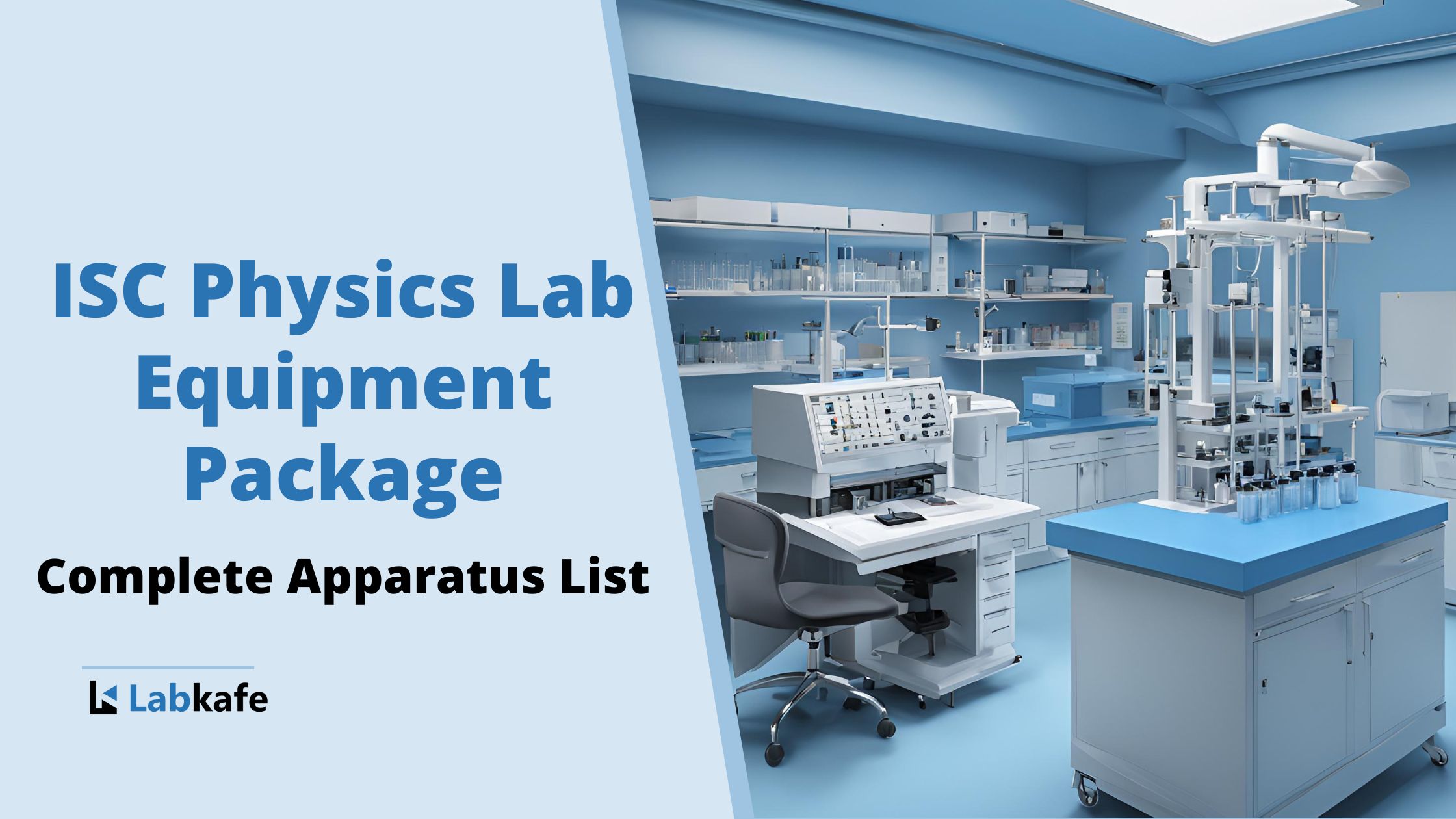
ISC Physics Lab Equipment Package- Complete Apparatus List
ISC Physics Lab Equipment Package is aligned to the ISC Physics practical exams that demand school labs to be equipped with durable and reliable lab equipment. This equipment must withstand daily use during practical classes and remain functional for board exams when students perform their final practical. To achieve this, only the best quality lab…
-
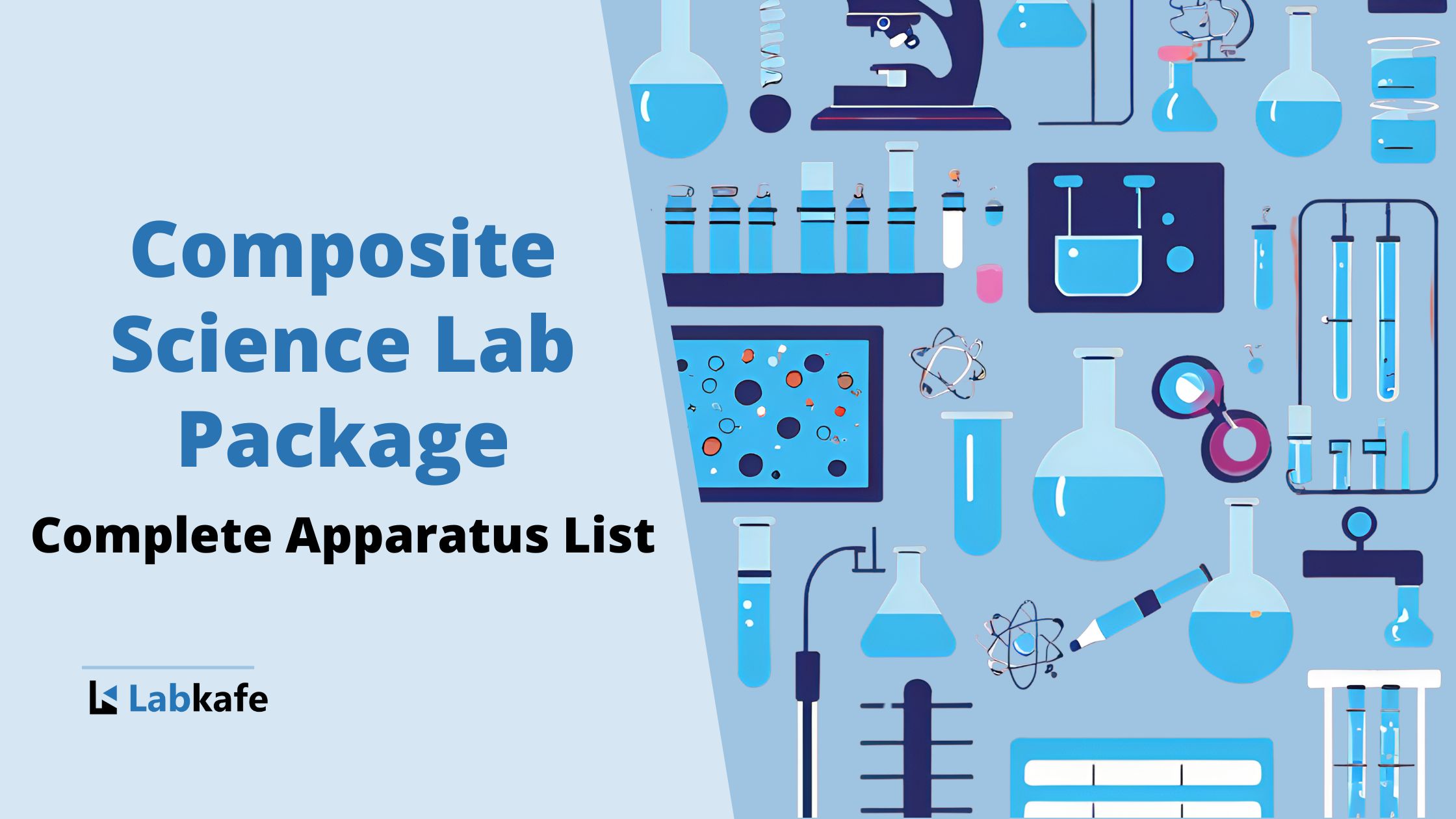
Composite Science Lab Package- Complete Apparatus List
The Labkafe composite science lab package allows you to seamlessly integrate all components into your composite science lab. The specifications of the Central Board of Secondary Education (CBSE) mandate the establishment of a composite science lab, with the following guidelines: The specifics of the composite science lab include: Model of the composite science lab by…
-
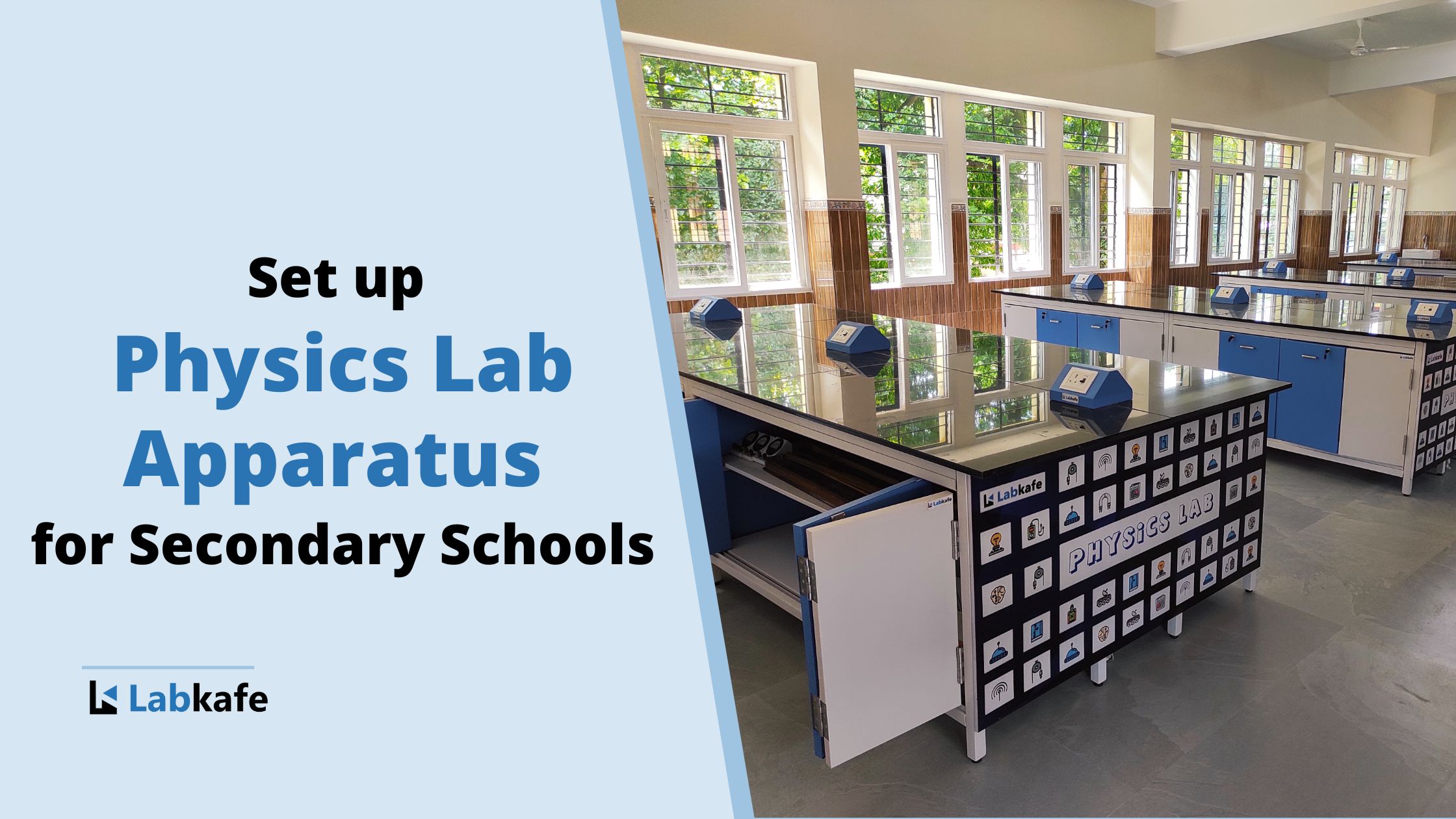
Set up Physics Lab Apparatus for Secondary Schools
Essential lab apparatus for a physics lab To set up physics lab apparatus for secondary schools, check the exhaustive list given below- Physics lab apparatus- Optics Lenses (Concave and Convex) with Optical Bench Lenses focus or disperse light rays, with concave lenses diverging light and convex lenses converging it. An optical bench helps measure focal…
-
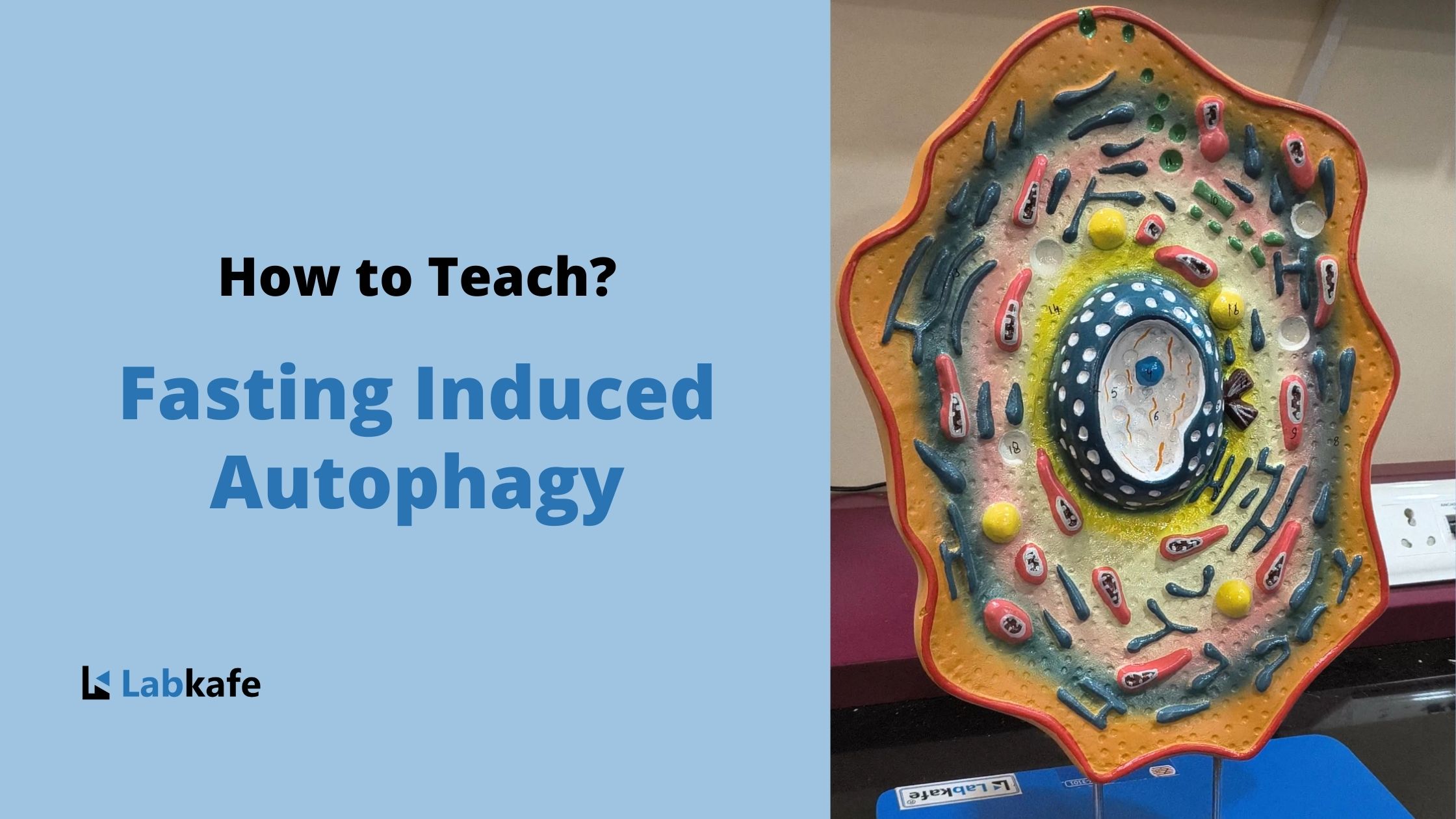
Autophagy- Fasting as an Inducer
What is autophagy? Just like our homes produce garbage, our body’s cells generate waste too. Similar to how garbage bins help clear waste from our homes, our cells have their own waste disposal system called autophagy. In this process, damaged components of the cell are broken down and recycled into useful by-products for the cell…
-
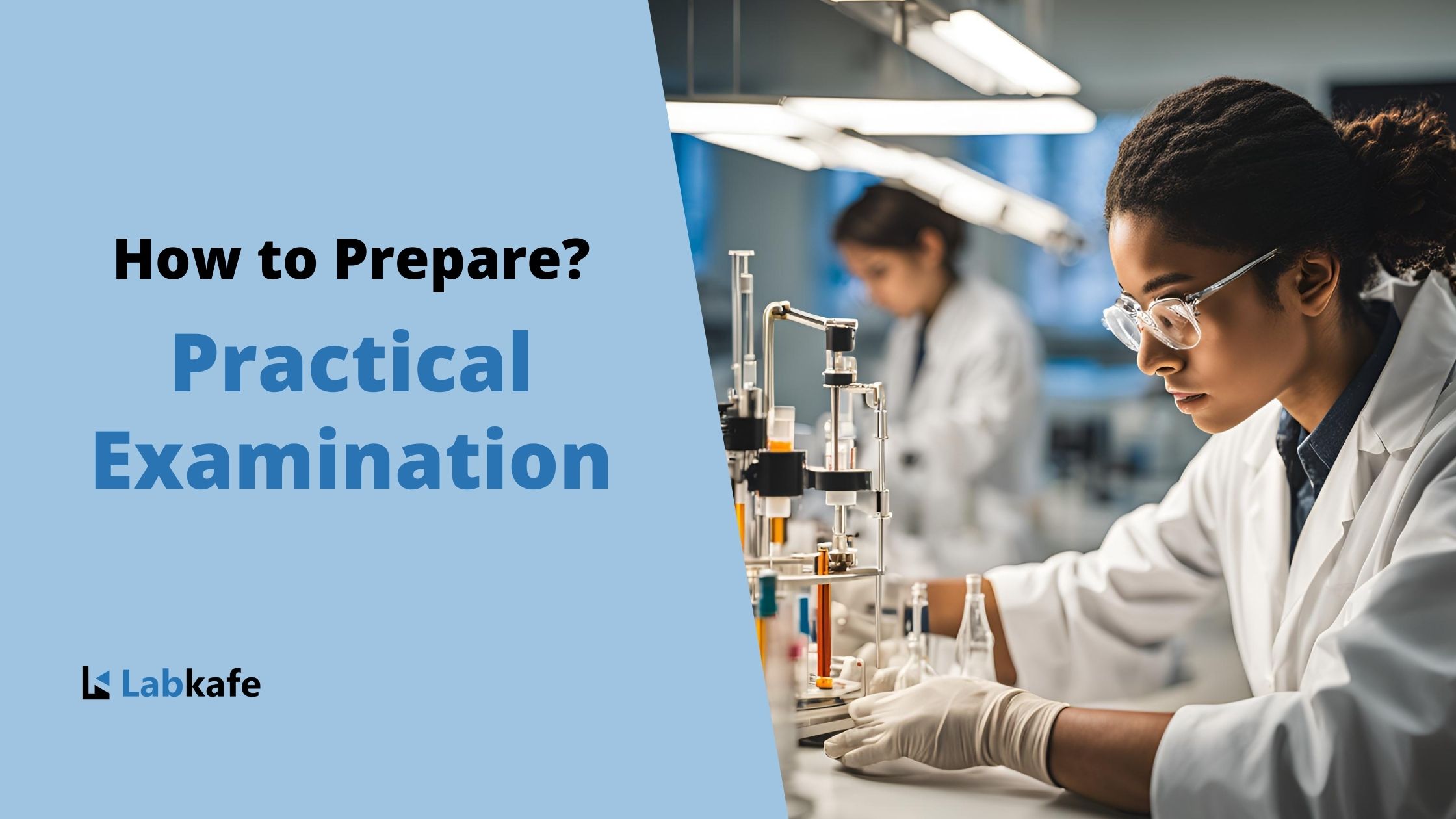
A Step-by-Step Guide to Acing Your Practical Examination
Practical examination is an essential component of school and college curricula, and students often feel nervous about it. While theoretical lessons have standardized preparation processes, practical lessons and exams have a relatively less common preparation strategy. Therefore, for students to succeed in these exams, it is important to focus on key essentials that must be…
-
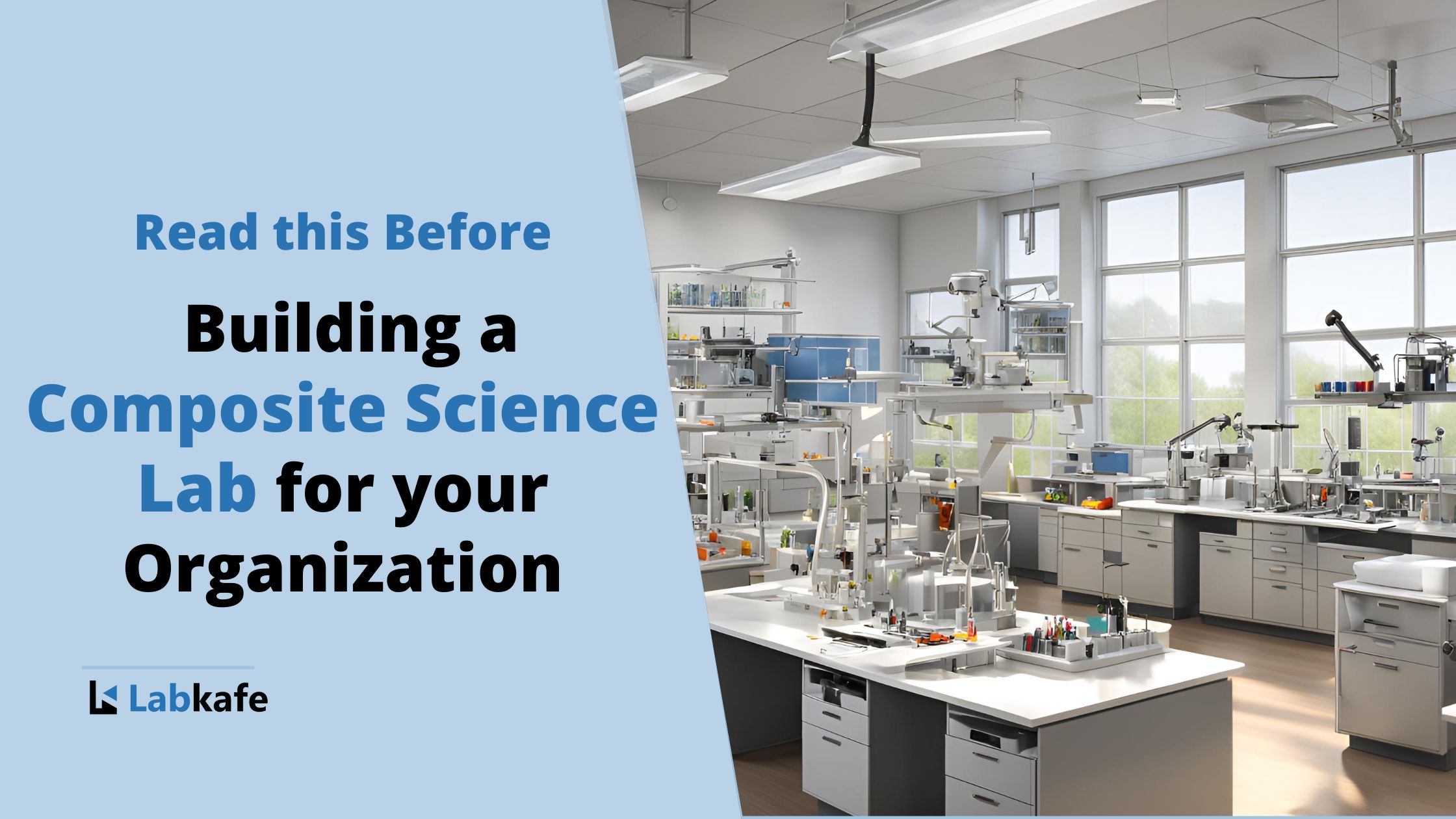
Read This Before Building a Composite Science Lab
What is the CBSE Composite Science Lab? Building a Composite Science Lab addresses the gap in traditional learning in India, in addition to emphasizing hands-on, practical application. While nations like the United States, Japan, and South Korea boast skill training rates of 52%, 80%, and 96%, respectively, only 2.7% of India’s workforce has formal skill…
-
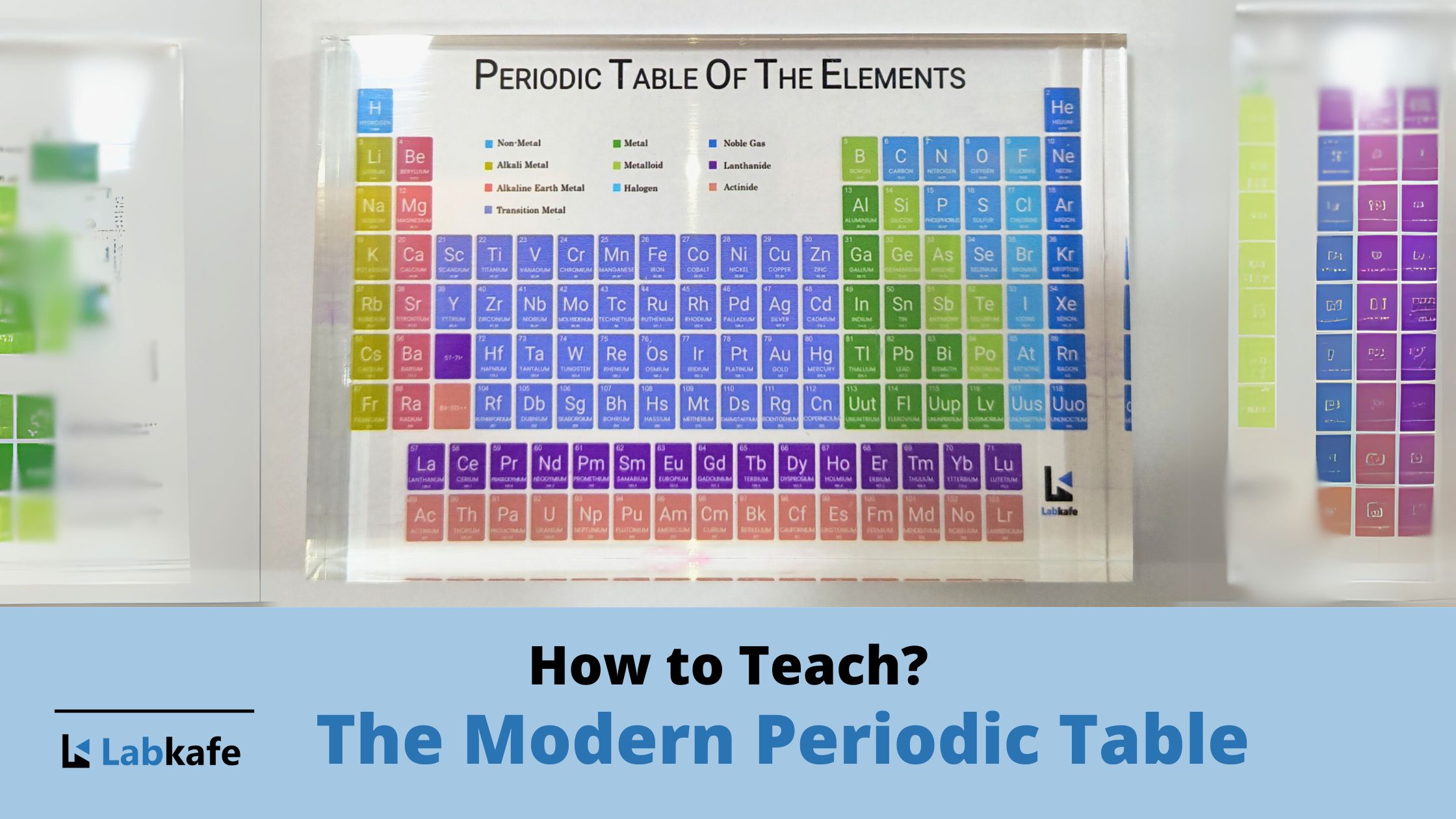
The Modern Periodic Table Chart
The Modern Periodic Table helps us predict the properties of elements based on their atomic number. Without this structure, identifying patterns in chemical behavior would be difficult and inconsistent. Earlier attempts to classify elements lacked a reliable basis, which made chemical trends harder to explain. Henry Moseley solved this in 1913 by organizing elements according…
-
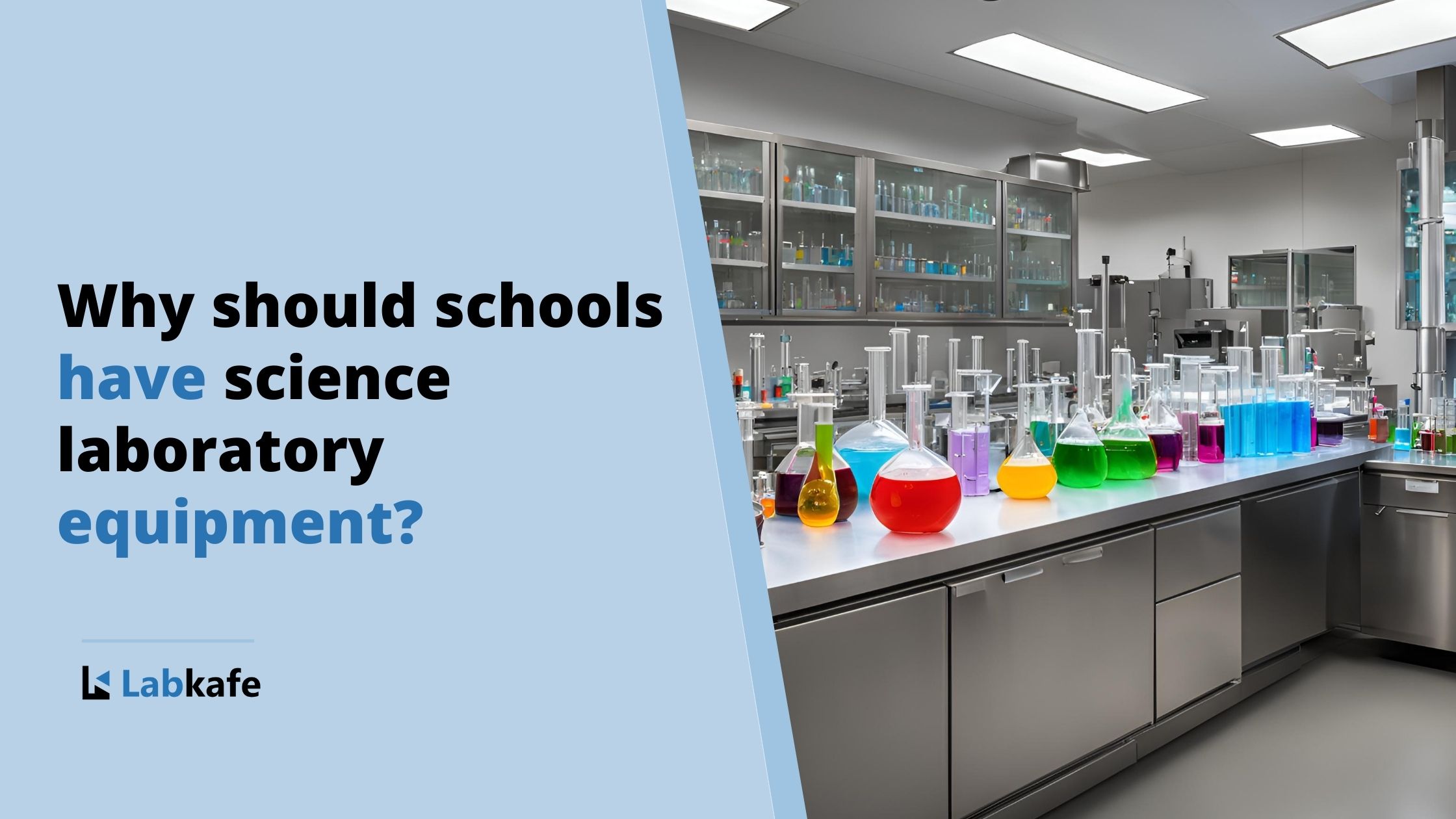
Science Laboratory Equipment is Essential for Schools
What is Science Laboratory Equipment? Science laboratory equipment includes instruments and apparatus used to demonstrate scientific principles, helping students understand theoretical concepts and connect them to real-life phenomena. This equipment also allows for the validation and verification of scientific ideas. Successful experimental results reinforce classroom theories, translating abstract concepts into practical, observable experiences. In a…
-
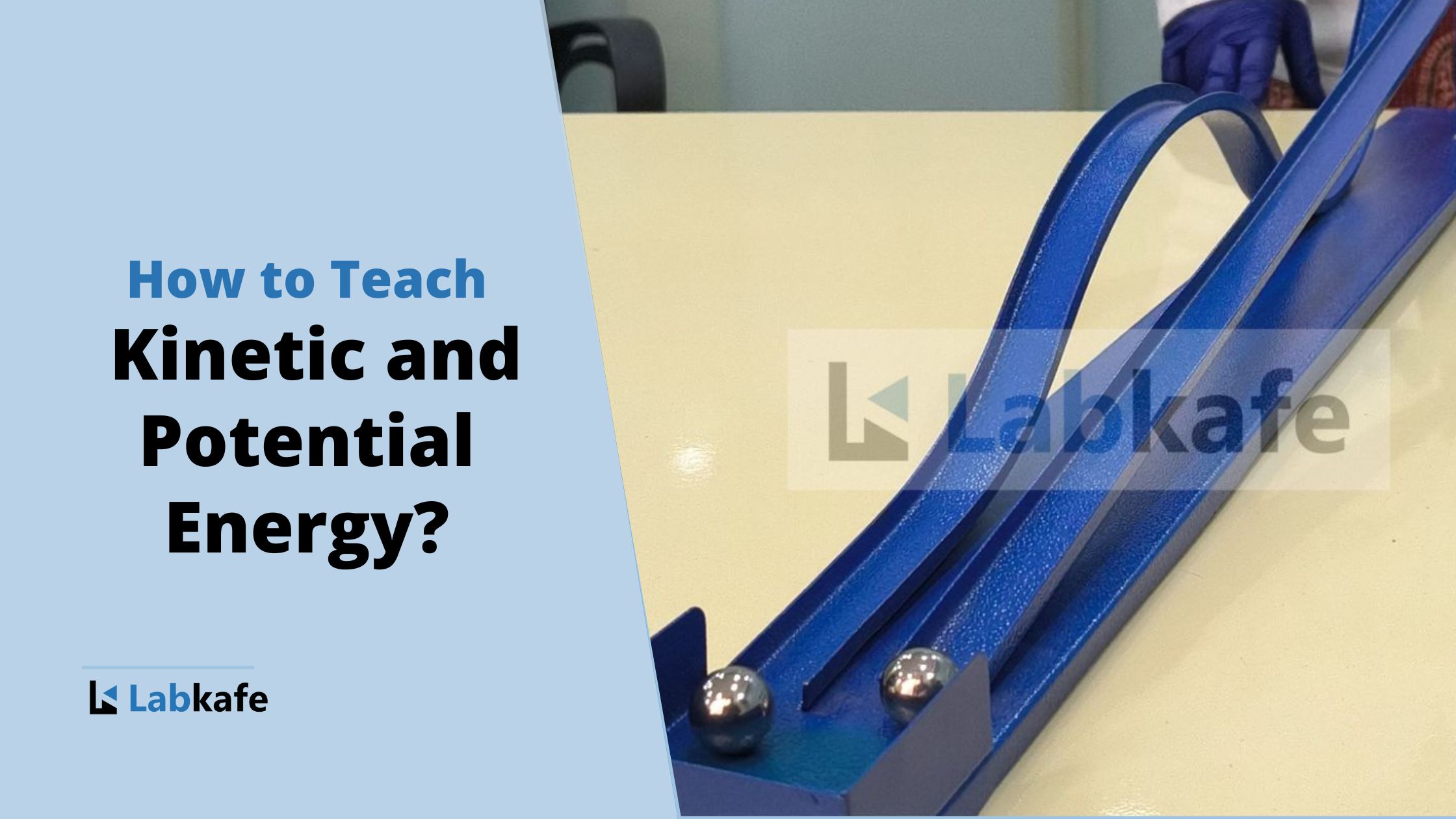
How to Teach Kinetic and Potential Energy?
Energy as a function of work Kinetic and potential energy are a function of work. It is defined as the product of the force applied on a body and the displacement of the body caused by this force. Mathematically, it is expressed as: W = F × d where W represents work, F is force,…
-
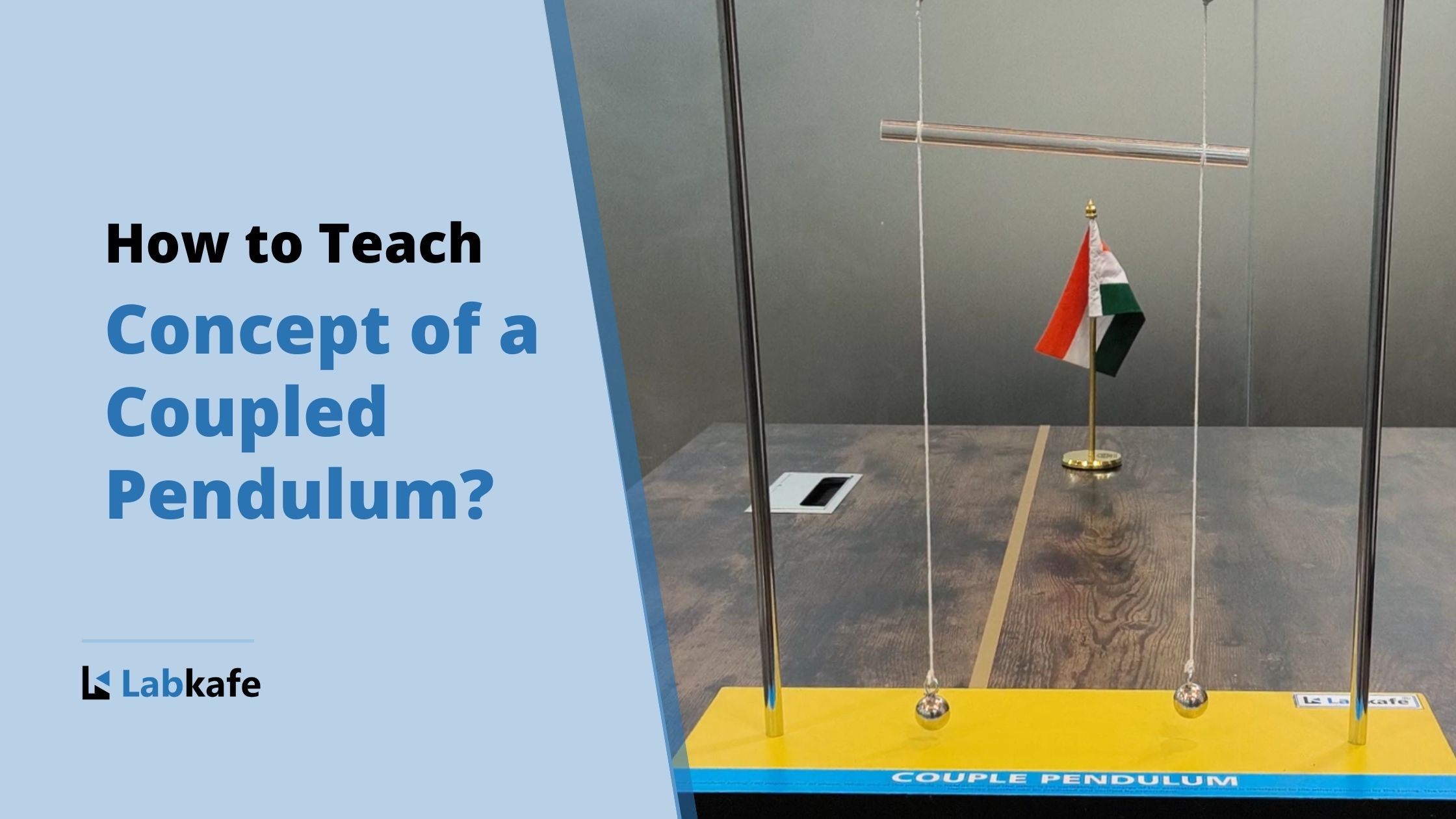
How to Teach the Concept of a Coupled Pendulum?
What is a pendulum? A pendulum is a fascinating device that consists of a ball-shaped mass, known as the “bob,” suspended by a theoretically massless string from a fixed point. An extension of this is the coupled pendulum, which we shall study in a while. When you displace this bob from its starting position, it…
-
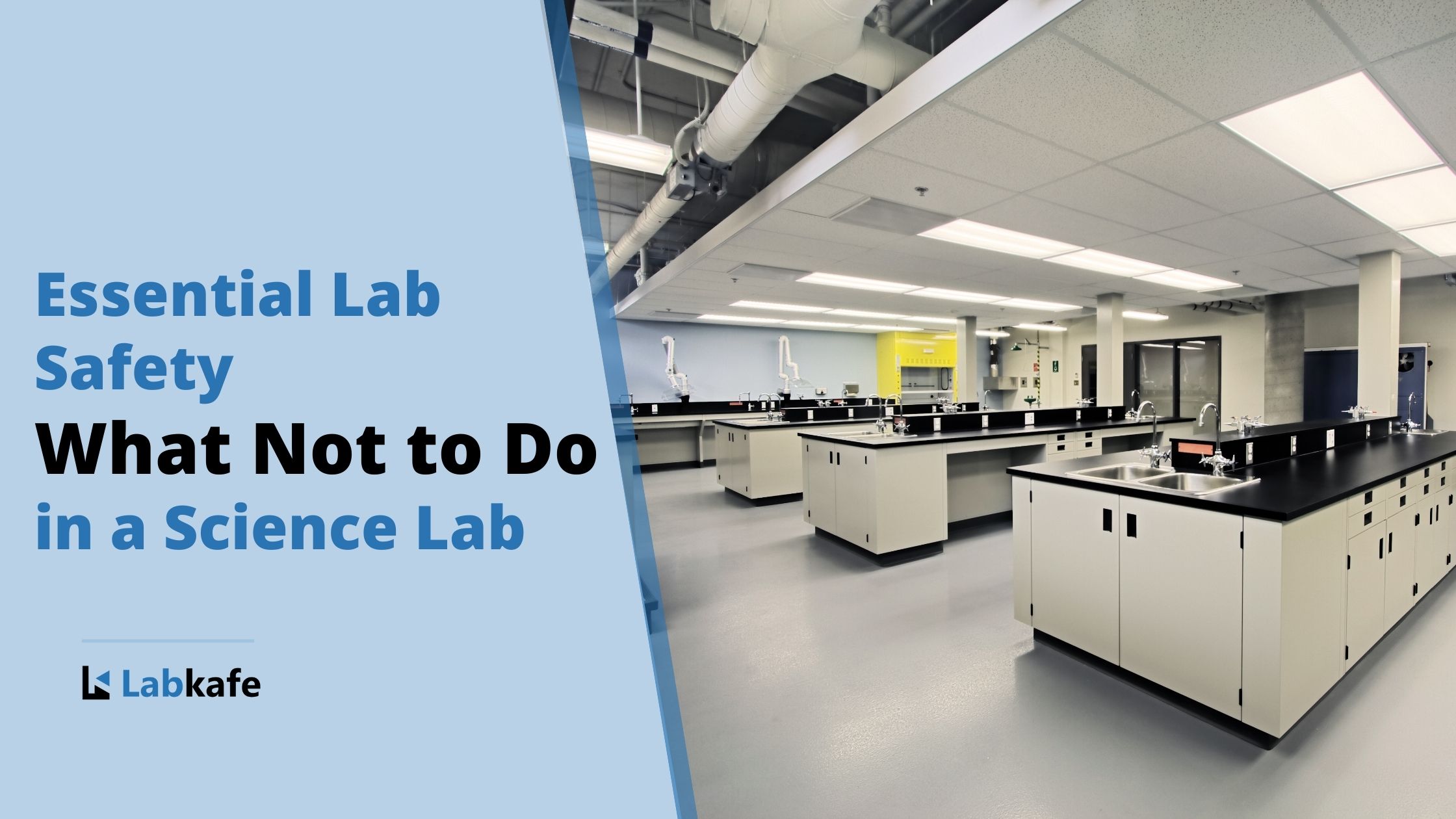
Essential Lab Safety: What Not to Do in a Science Lab
Introduction Essential lab safety enforcement in educational environments is crucial to prevent accidents and injuries. Proper conduct, discipline, and supervision promote accountability and are essential lab safety elements. Additionally, encouraging hazard reporting without fear fosters a culture of safety. Attending to equipment and maintaining clear exits ensure a secure atmosphere, enhancing both learning and the…
-
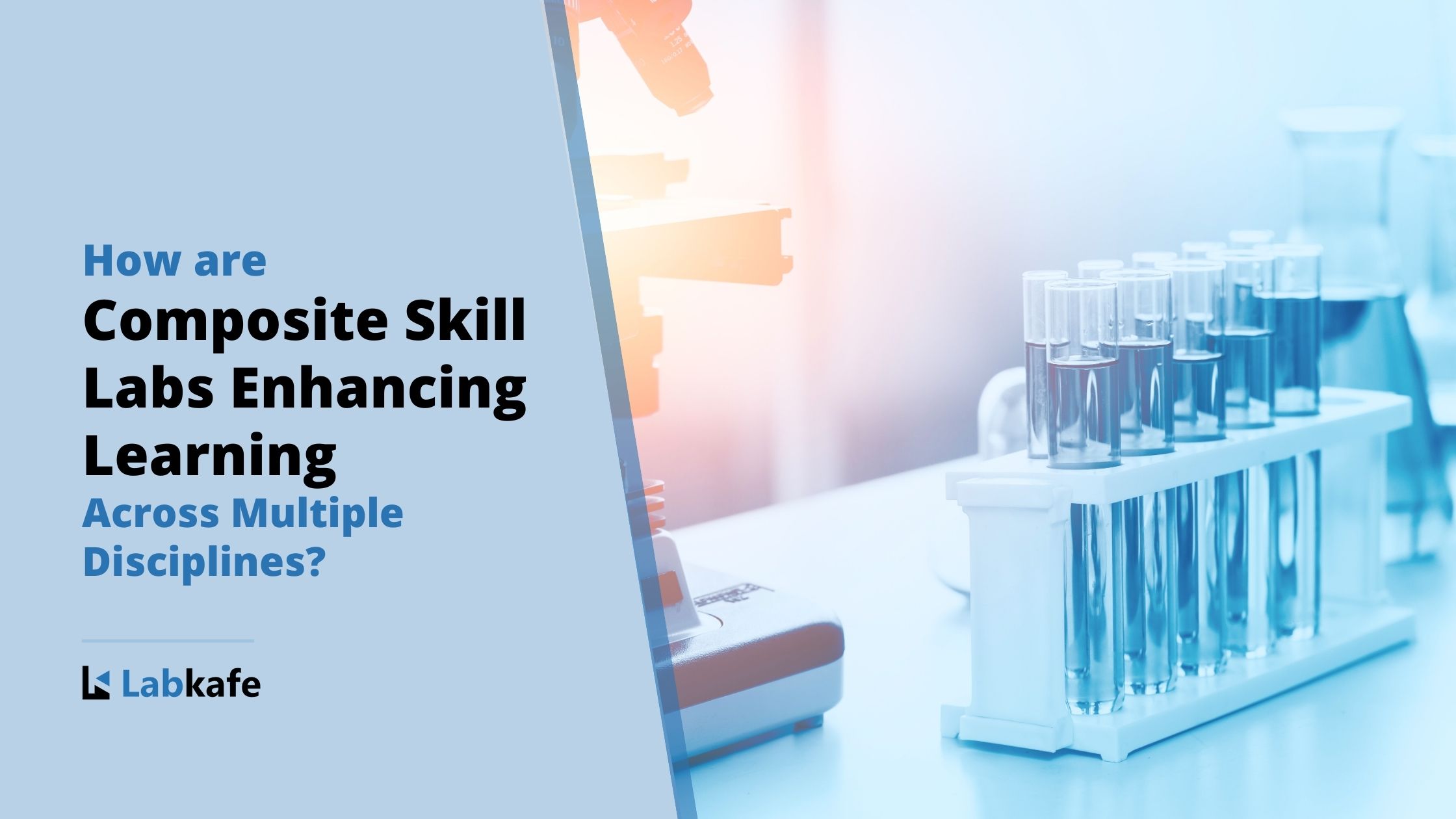
How are Composite Skill Labs Enhancing Learning Across Multiple Disciplines?
The Composite Skill Lab is enhancing learning; hence the Central Board of Secondary Education (CBSE) has adopted the same. They are continually adapting to developments in the field of education, and this is one of their landmark steps. These labs are designed to foster a multidisciplinary approach to learning, enabling students to gain practical experience…
-
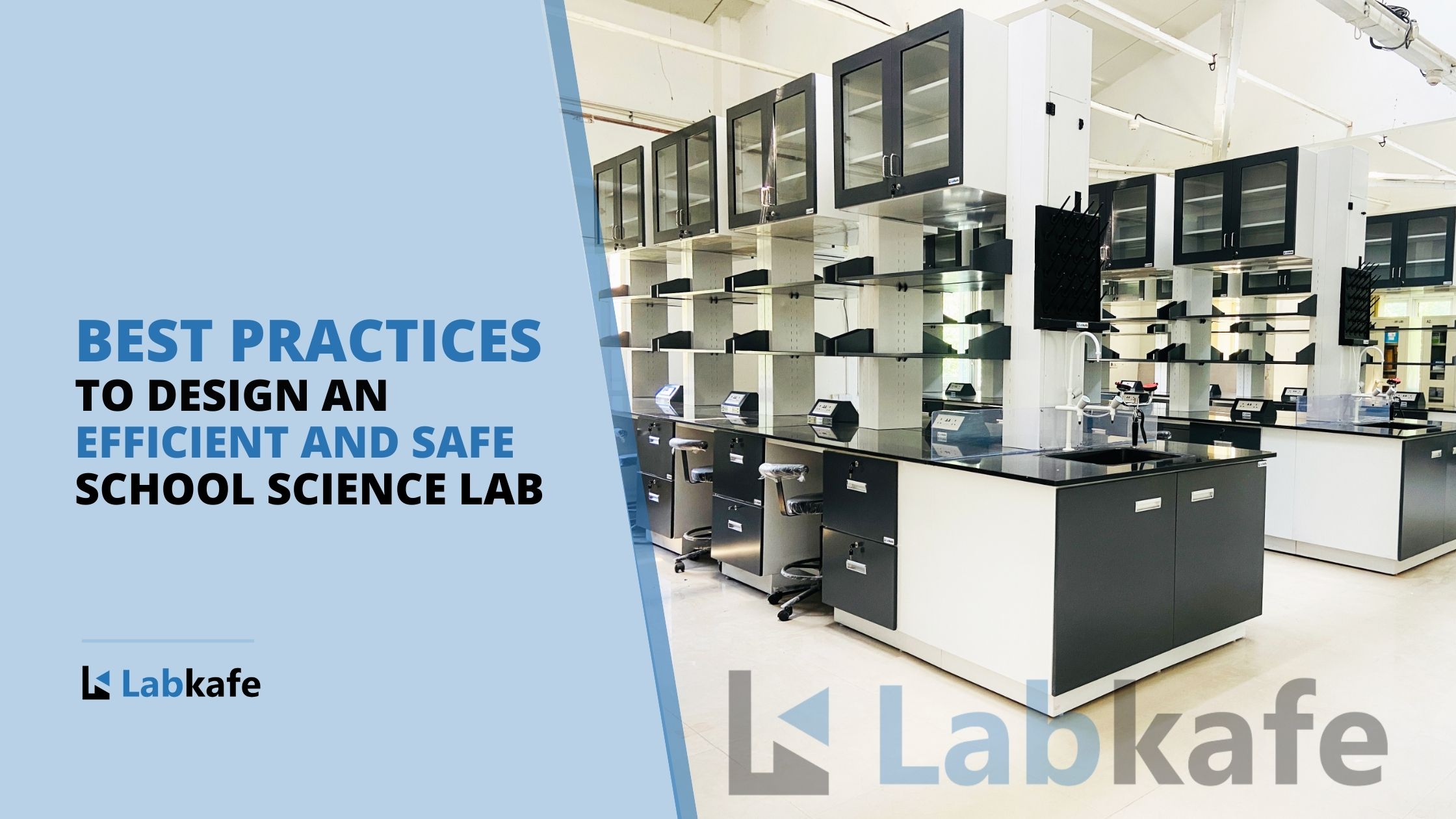
Best Practices to Design an Efficient and Safe School Science Lab
There are so many crucial factors that we need to check while designing a safe school science lab. These factors are important as we must consider the students and teaching staff’s efficiency and safety. To balance these elements perfectly, planning a functional lab is required. We focus on proper planning because designing a school lab…
-

Laminar Flow of Air- Everything About Laminar Air Flow Cabinets
Laminar flow of air is essential to the functioning of laminar airflow cabinets. A laminar air flow hood is certainly an extremely important piece of laboratory furniture, mostly seen in microbiology or medical labs. Come, let us explore what is laminar air flow, why we use laminar airflow cabinets, and how it works. Everything About…